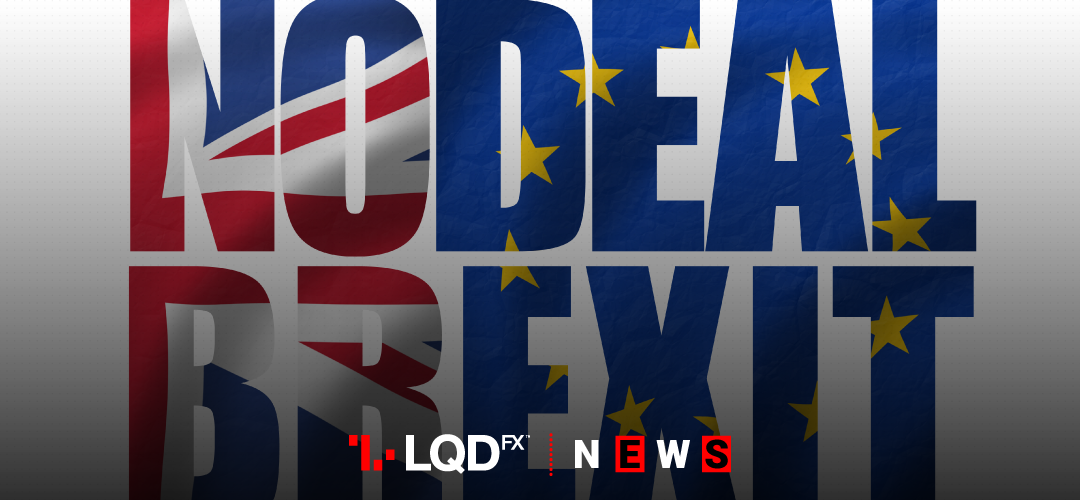The sterling has swung wildly between $1.30 and $1.33 in chaotic trading over the last 48 hours.
Sterling extended gains across the board as expectations grew that lawmakers would vote against leaving the European Union in 16 days without an agreement.
The UK is set to leave the European Union in just 16 days. Just how that will happen is still up in the air. Prime Minister Theresa May badly lost a vote on her Brexit withdrawal agreement late on Tuesday. Parliament will have a separate vote on Wednesday on whether the United Kingdom should leave the European Union on March 29 without a deal.
That’s the dreaded “no-deal” Brexit scenario that many fear it would wreck the UK’s economy. Most observers think that one would fail, too, and if it did, lawmakers would then come back on Thursday and vote on a proposal that would postpone Brexit altogether.
The pound rose 0.7 percent to the day’s high of $1.3163, putting the currency more than half way between this week’s lows of $1.2945 and its high of $1.3290. Sterling was also stronger against the euro, hitting 85.86 pence. However, it was still below a 22-month peak of 84.755 pence touched on Monday before hopes for May’s Brexit deal to pass were crushed.
The pound has had a rollercoaster ride this week, its range varying 3-1/2 cents against the dollar.
START TRADINGForex – Chaotic trading for sterling
Sterling was the big mover, adding more than half a percent on hopes British lawmakers will vote later on Wednesday against a disruptive “no-deal” exit from the European Union.
The U.S. dollar index was slightly lower, at 96.902 against rival currencies.
The Australian dollar skidded lower on Wednesday after a consumer confidence gauge triggered fresh concerns about a slowing economy. The Aussie fell half a percent to as low as $0.70495, although the currency was above two-month lows of $0.7003 touched last week. It had recovered to $0.70615 by 1000 GMT.
Foreign exchange markets elsewhere were mostly quiet, with investors reluctant to take risks as the cautious mood in Asia spread to Europe.
The New Zealand dollar, which often tracks the Australian currency because the two economies are closely linked, also fell, by 0.3 percent to $0.6838.
The euro made a small move upwards after better-than-expected euro zone industrial production numbers for January. The single currency rose 0.1 percent to as high as $1.1302.
The Japanese yen held firm at 111.36 yen per dollar.
Sources: Reuters, Investing, CNN money
PLEASE NOTE The information above is not investment advice.
